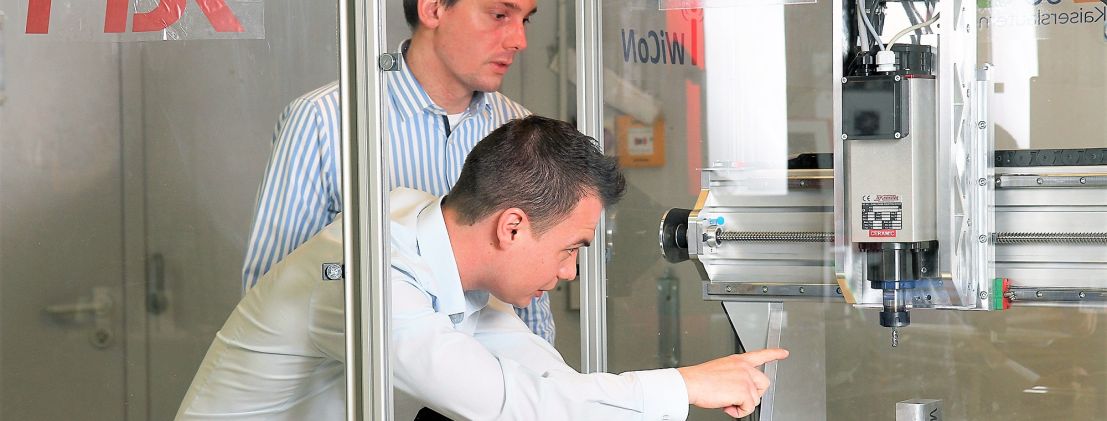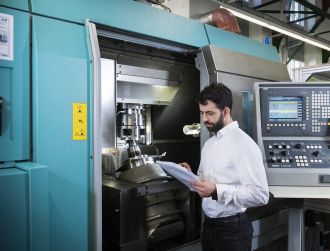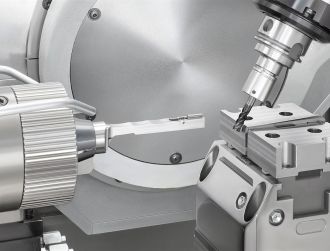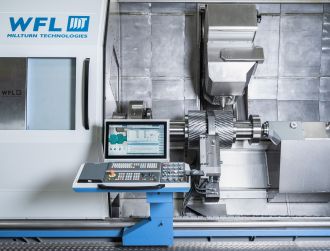
Are we manufacturing wirelessly in ten years?
"The hardware for 5G manufacturing solutions will be on the market in two to three years," predicts Jan Mertes from FBK Kaiserslautern. The production research assistant is one of the leaders of the "5G Kaiserslautern" project aimed at exploring different use cases for 5G. "This will enable many more companies to make their production more flexible because it allows them to save considerable amounts of time, effort and costs compared to current practice."
"Industrial manufacturing is shifting towards small batch sizes and customized products. In the future, the 5G mobile communications standard may make this a realistic proposition for smaller companies, too, including those that would otherwise not be able to afford the switch to modular manufacturing," says Mertes. Furthermore, it will make the use of applications such as (de)centralized wireless control, sensor-based monitoring and even automated guided vehicles (AGVs) much easier and cheaper. At present, however, there are still some challenges to overcome in making the transition to flexible production.
5G will become the standard for industrial communications
A high degree of networking among machines and systems is necessary in order to render cyber-physical production systems (CPPS) reconfigurable and flexible to use. A range of different communication technologies have been used for networking up to now. The cabling required for this not only drives up costs, it is also difficult to realize – especially in existing production systems. Wireless solutions, on the other hand, do not yet meet the specified communication requirements for many industrial use cases. Different technologies, therefore, have to be implemented simultaneously. However, these different radio technologies can cause interference that disrupts the operation of the machines. Implementing the technologies is also very complex and therefore costly. The 5G mobile communications standard offers solutions to these problems, leading to the strong assumption that 5G will become the standard for industrial communications – and that cables will become obsolete in the coming decade.
The January edition of the monthly lunch talk for EMO Hannover 2023 outlines the progress in the development of the 5G standard and hardware, what actions you can or should already be taking, and what challenges exist with regard to performance characteristics, for example. The potential applications that this will give rise to in two to three years will also be highlighted. Listen in and discuss the specific challenges facing your business.









